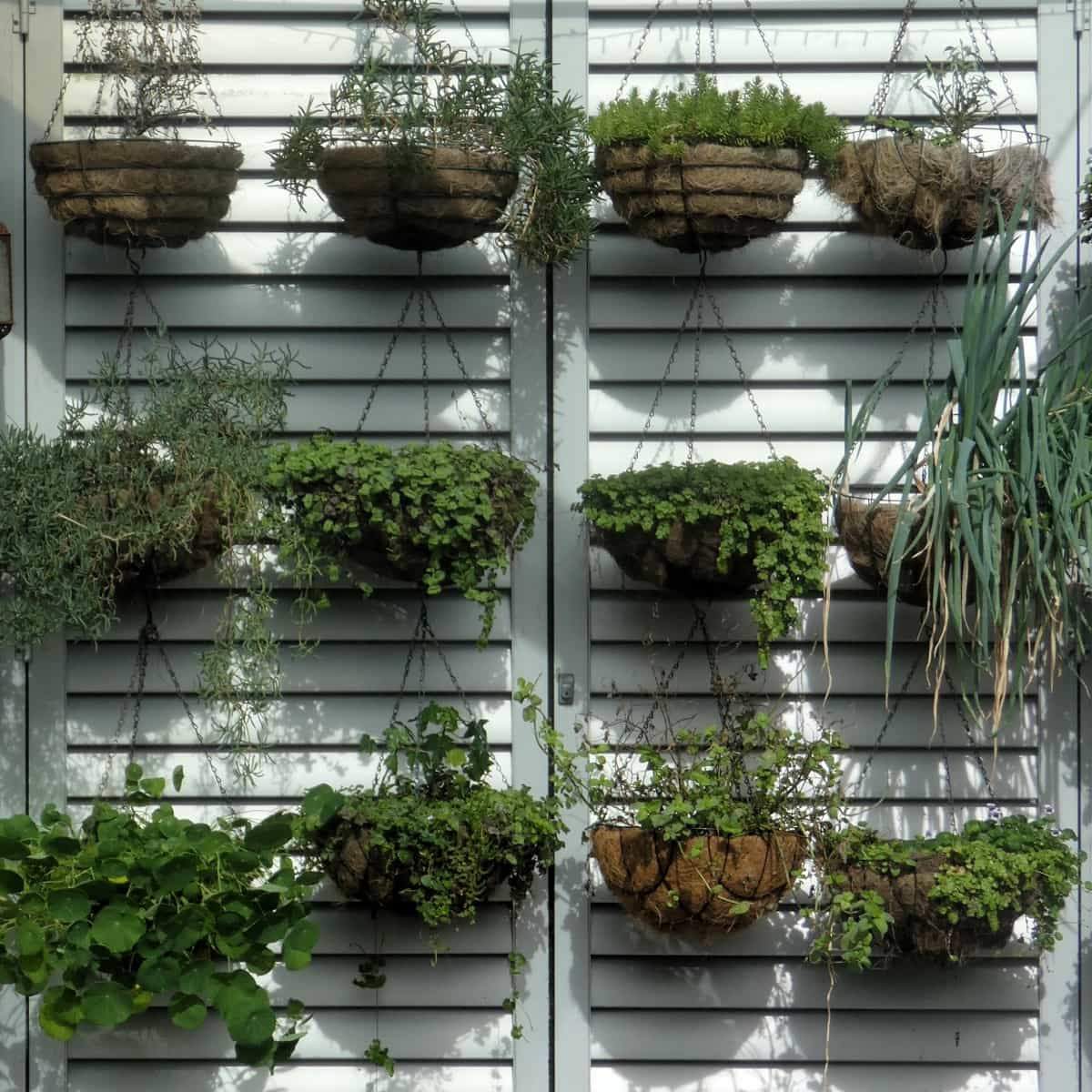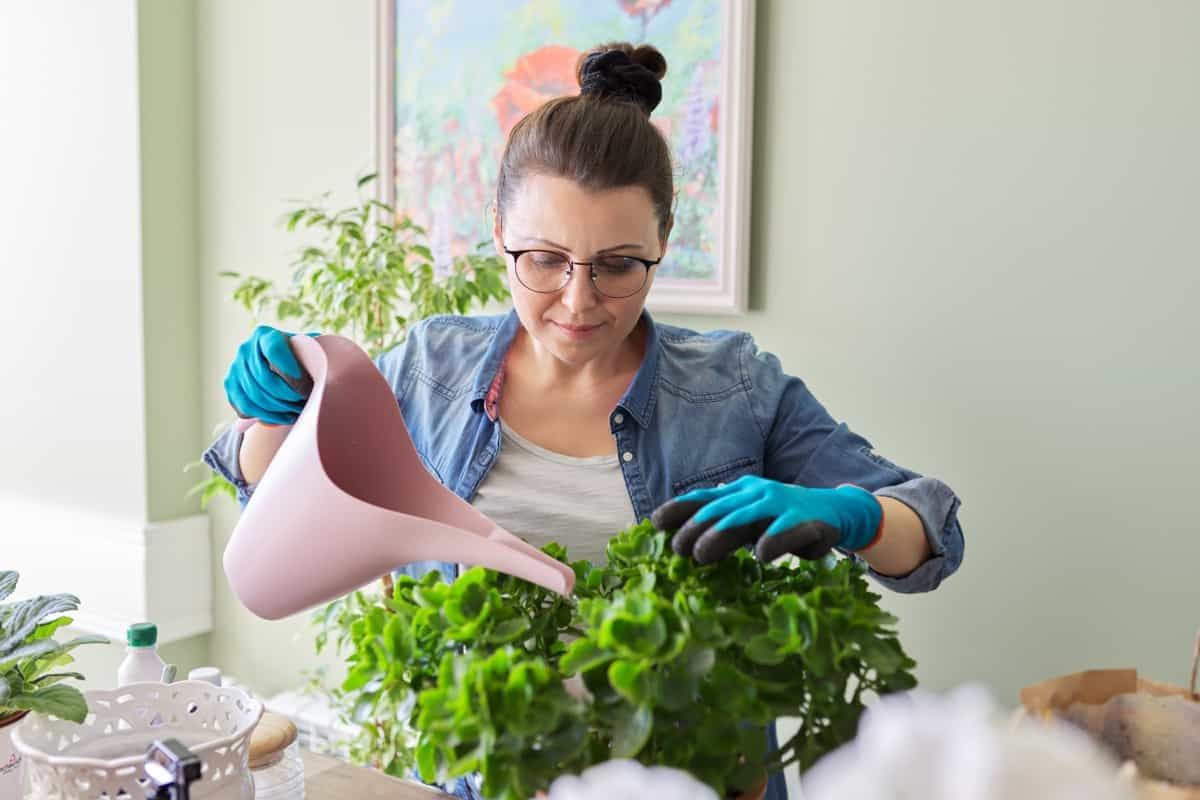Indoor gardening is a rewarding hobby, providing aesthetic beauty, purifying the air, and creating a sense of calm in our homes. To thrive, indoor plants need specific care. Understanding how to grow plants indoors without sunlight and the many other plant tips and tricks will set you on the right path to a flourishing indoor garden.

This indoor plant care guide offers ways to take care of plants, whether you are a beginner or a seasoned green thumb. We will explore how to make indoor plants grow faster, explore different care strategies, and provide a comprehensive overview of managing common plant diseases.
Gardening Tips for Indoor Plants
Best Low-Light Indoor Plants Care Tips
Indoor plants that require minimal light are ideal for homes with limited natural sunlight. Snake plants, pothos, and ZZ plants are great choices that are attractive and easy to care for. These plants should be placed near a north-facing window or in a room with diffused light to promote growth without sunlight. Fluorescent lights can also be an alternative light source. The key here is consistency; the light should be available for 12-14 hours daily for optimal growth. Maintaining a consistent temperature, ideally between 65 and 75 degrees Fahrenheit is also crucial.
Organic Fertilizers for Indoor Plants
Organic fertilizers are an excellent choice for indoor plant care. They provide various nutrients that plants need to grow and stay healthy. Using organic matter like compost, worm castings, or seaweed can enrich the soil and help your indoor plants grow faster. They release nutrients slowly, ensuring a long-term supply for your plants. Remember, over-fertilizing can damage your plants, so use sparingly and follow the package instructions.
Watering Schedule for Indoor Succulents
Succulents are beloved indoor plants, largely due to their low-maintenance nature. Watering needs for succulents are less than most plants but still important. The watering schedule should be based on the soil’s dryness level. Ensure thorough drying of the soil prior to initiating the next watering cycle. Typically, this will mean watering once every 2-3 weeks in the warmer months and even less frequently in the winter. Always ensure proper drainage to prevent root rot, a common issue in overwatered succulents.
Indoor Plant Pest Control Methods
Pest infestations pose risks to indoor plant health. Timely detection and immediate action are crucial for effective control. Maintain vigilance by regularly examining plants for indicators of infestation, such as discolored foliage or presence of small insects. If you spot pests, isolate the affected plant to prevent the pests from spreading. Homemade solutions like soapy water or vinegar solution can be used to spray the plants. For severe infestations, a pesticide-free of harmful chemicals should be considered.
Indoor Plant Propagation Techniques
Propagation is a cost-effective way to expand your indoor garden. It’s simple and quite rewarding to see new plants grow from cuttings. Most common indoor plants, like pothos and spider plants, are easily propagated. The cuttings should be placed in water until roots develop, after which they can be transferred to a pot with soil. This method requires patience, but you can multiply your indoor plant collection significantly with time.
In case you missed it: Best Foliage Plants for Indoors: Low-maintenance and Easy to Care

Choosing the Right Pots for Indoor Gardening
The pots you choose for your indoor plants can significantly impact their health and growth. Always select pots with drainage holes to prevent overwatering and root rot. The material of the pot also matters. Plastic pots are lightweight and inexpensive, but clay or ceramic pots better regulate soil temperature and moisture. Ensure the pot size aligns with your plant’s dimensions, facilitating unhindered growth and preventing root congestion.
Pruning and Shaping Indoor Plant Growth
Regular pruning and shaping can help indoor plants grow faster and stay healthy. Removing dead leaves and branches allows the plant to focus its energy on new growth. Pruning also helps maintain the plant’s shape and size, ensuring it doesn’t overgrow its space. Always use clean, sharp tools for pruning to avoid damaging the plant and spreading diseases.
Indoor Plant Care During Winter
During the winter months, indoor plants require special care. Lower light levels, cooler temperatures, and dry air can stress plants. To mitigate this, move your plants closer to windows to maximize light exposure, but avoid cold drafts. Reduce watering and hold off on fertilizing until spring when growth resumes. Consider using a humidifier or misting your plants regularly to counteract the dry indoor air.
Creating a Humidity-friendly Environment for Indoor Plants
Many indoor plants originate from tropical climates and therefore thrive in humid conditions. In a dry indoor environment, these plants may suffer. Simple solutions include grouping plants to create a microclimate, placing them on a tray of water with pebbles, or regularly misting them. A humidifier can enhance the moisture content within your household, particularly in the winter season when indoor air tends to lack humidity.
In case you missed it: Indoor Gardening in NYC: Ideas for Container, Vertical, Hydroponics in Apartments

Managing Common Indoor Plant Diseases
Common indoor plant diseases include root rot, powdery mildew, and leaf spot. Appropriate plant care typically serves as an effective preventive measure against these ailments. However, if your plant becomes infected, isolate it from others to prevent the disease from spreading. Remove the infected parts, improve the care conditions, and consider using a suitable organic fungicide.
Monitoring Plant Growth
Observing the progressive growth and flourishing of plants is a highly fulfilling component of indoor gardening. Regularly monitoring your plants can provide insights into their health and well-being. Notice changes in leaf color, new shoots’ growth, and flowers’ appearance. These signs indicate that your plants are thriving.
Conversely, yellowing leaves, stunted growth, or falling leaves can be signs of trouble. Monitoring also involves adjusting care as needed. As your plant grows, it may require repotting, more frequent watering, or additional nutrients. This ongoing attention to detail is crucial in indoor gardening and will lead to healthy, thriving plants.
In case you missed it: 10 Common Problems With Indoor Succulents: How to Fix, Treatment and Solutions

Conclusion
Indoor gardening can be a fulfilling pastime, bringing a bit of nature into your home. The tips and tricks this article shares can help you succeed in this journey. By dedicating time and effort, you can cultivate a thriving indoor garden that enhances your living environment and promotes your holistic wellness. Enjoy the process, learn from your mistakes, and don’t hesitate to seek advice from more experienced indoor gardeners.
- Feed Your Flock for Less: Top 10 Tips to Save on Chicken Feed
- Ultimate Guide to Ossabaw Island Hog: Breeding, Raising, Diet, and Care
- Hatching Answers: The Top 10 Reasons Your Chickens Aren’t Laying Eggs
- Eggs and Economics: Breaking Down the Cost of Raising Backyard Chickens
- Defend Your Greens: Proven Methods to Keep Iguanas Out of Your Garden
- Ultimate Guide to Cinnamon Queen Chicken: A Comprehensive Guide for Beginners
- Ultimate Guide to California Tan Chicken: Breeding, Raising, Diet, Egg-Production and Care
- Ultimate Guide to Marsh Daisy Chicken: Breeding, Raising, Diet, and Care
- 10 Types of Chicken Farming Businesses You Can Start for Profits